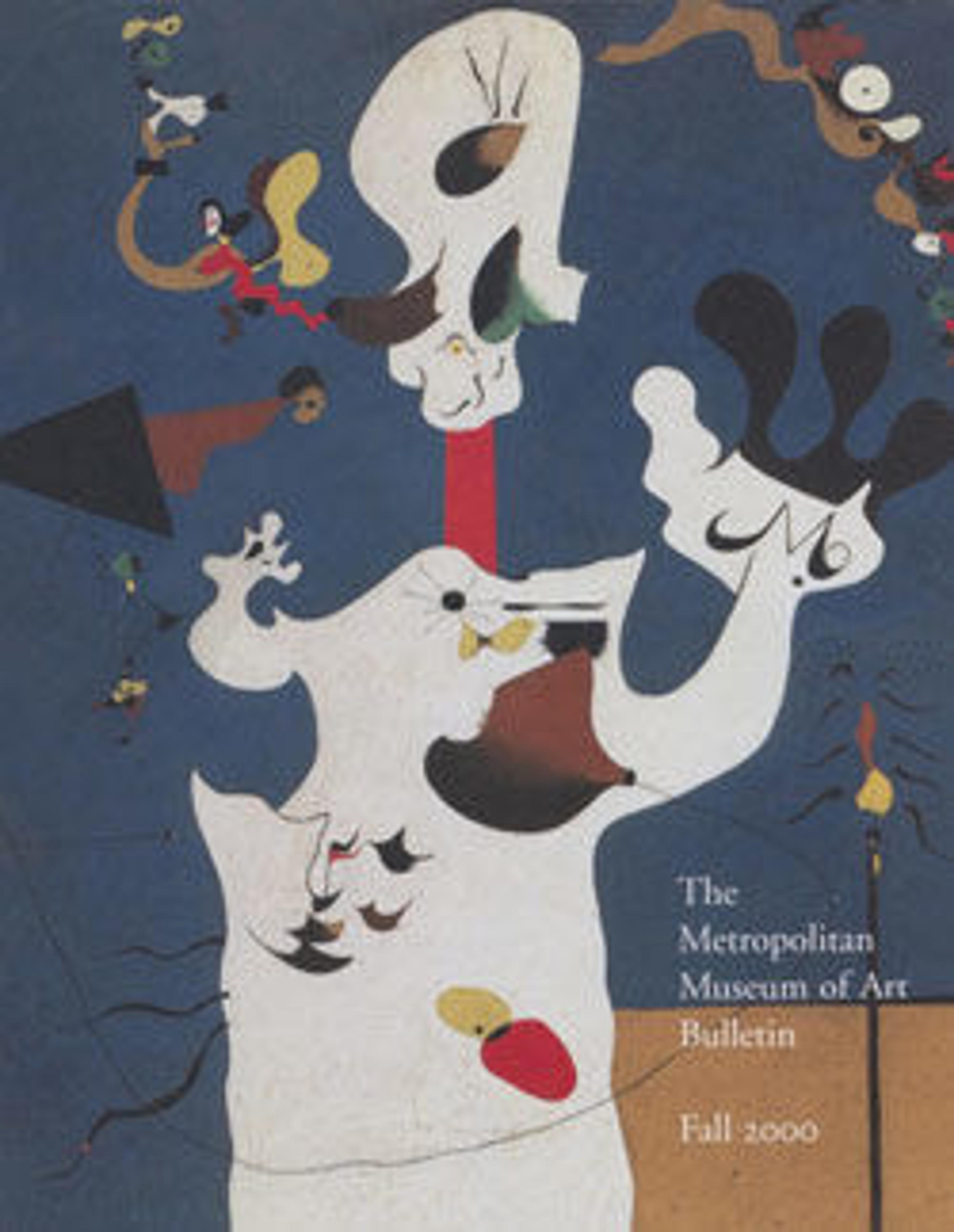James Joyce, Paris
When Abbott photographed James Joyce (1882-1941) in 1926 he was one of the most important writers in Paris and at the center of the expatriate literary circle that frequented Sylvia Beach's bookshop Shakespeare and Company. Beach had published Joyce's revolutionary work Ulysses in 1922 and was doubtless responsible for arranging this session with the young American photographer who had begun her career the previous year as a darkroom assistant to Man Ray, but who, like him, was now also becoming a favorite photographer of the avant-garde expatriate set in Paris. At the time of the sitting, Joyce was engaged in his most ambitious undertaking, Finnegans Wake, and was suffering both from criticism that it was unreadable and from a painful eye condition that kept him home at 2 Square Robiac (where this portrait was made) and required him to wear an eye patch. Abbott's portrait is more like a mirror reflection than a professional portrayal, revealing a complex and sympathetic character Djuna Barnes so aptly described as "the Grand Inquisitor come to judge himself."
Artwork Details
- Title: James Joyce, Paris
- Artist: Berenice Abbott (American, Springfield, Ohio 1898–1991 Monson, Maine)
- Date: 1926
- Medium: Gelatin silver print
- Dimensions: 23.2 x 17.3 cm (9 1/8 x 6 13/16 in. )
- Classification: Photographs
- Credit Line: Purchase, Gifts in memory of Harry H. Lunn Jr. and Anonymous Gifts, 1999
- Object Number: 1999.406
- Rights and Reproduction: © Berenice Abbott / Commerce Graphics Ltd. Inc.
- Curatorial Department: Photographs
More Artwork
Research Resources
The Met provides unparalleled resources for research and welcomes an international community of students and scholars. The Met's Open Access API is where creators and researchers can connect to the The Met collection. Open Access data and public domain images are available for unrestricted commercial and noncommercial use without permission or fee.
To request images under copyright and other restrictions, please use this Image Request form.
Feedback
We continue to research and examine historical and cultural context for objects in The Met collection. If you have comments or questions about this object record, please contact us using the form below. The Museum looks forward to receiving your comments.
